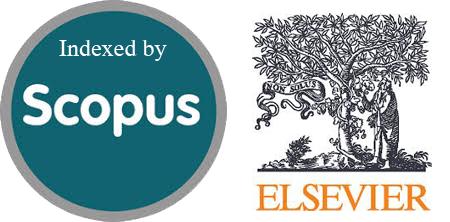Nanotoxicology: An Integrative Environmental Challenge
DOI:
https://doi.org/10.54133/ajms.v3i.80Keywords:
Nanomaterial, nanotoxicology, characterization techniques, nanoparticlesAbstract
A contemporary and expanding area of toxicology research is nanotoxicology. It focuses on evaluating the toxicological characteristics of nanoparticles (NPs) in order to determine whether and how much of a risk they pose to society or the environment. Fundamental characteristics of nanoparticles (consisting of shape, size, surface charge, surface area, solubility/dissolution, coating, and crystal structure), in addition to coincidental aspects (like climate, pH, salinity, ionic potency, and organic material), generally impact NP attitude, circumstance, and movement, and basically toxicity. The processes underpinning nanomaterials' (NMs) toxicity have recently been intensively researched. One such mechanism is the toxicity of reactive oxygen species (ROS). Excessive production of ROS causes oxidative stress, which causes cells to lose their capacity to sustain normal redox-regulated processes. This review consists of details referring to the physical and chemical characteristics of nanomaterials and their properties for convenient toxicological assessment, disclosure, and coincidental transport, fate, and genotoxic effects.
Downloads
Downloads
Published
How to Cite
Issue
Section
License
Copyright (c) 2022 Al-Rafidain Journal of Medical Sciences ( ISSN: 2789-3219 )

This work is licensed under a Creative Commons Attribution-NonCommercial-ShareAlike 4.0 International License.
Published by Al-Rafidain University College. This is an open access journal issued under the CC BY-NC-SA 4.0 license (https://creativecommons.org/licenses/by-nc-sa/4.0/).











